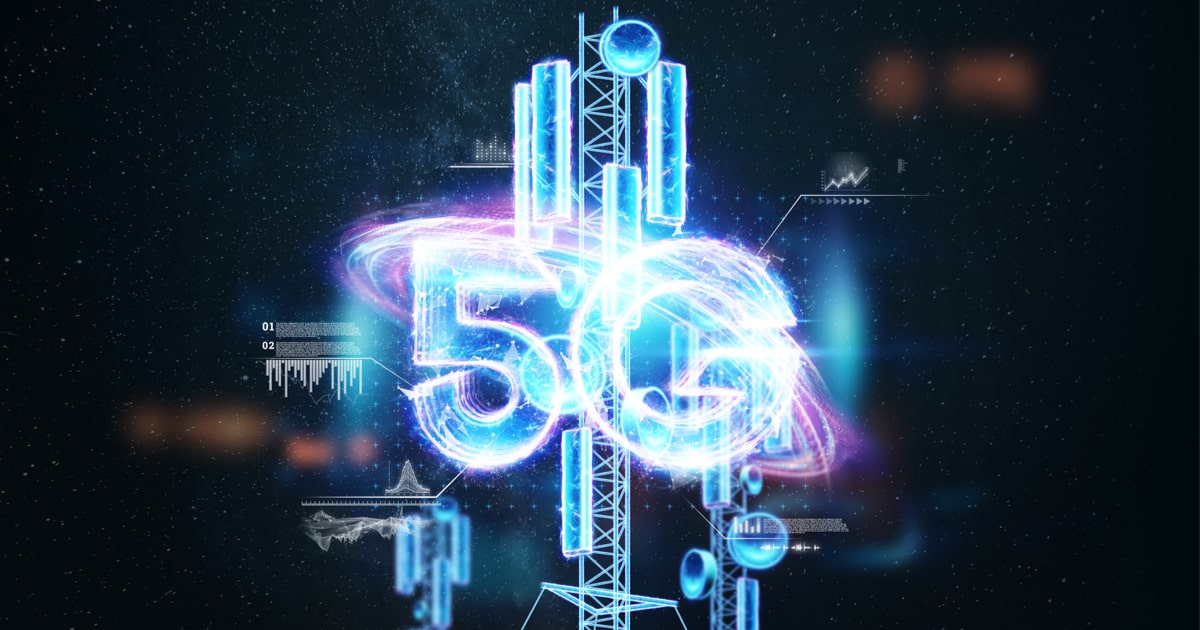Planning any sort of radio network is a challenge. Figuring out where to place 5G cellular antennas in a dense urban area is even more difficult. To help determine optimal 5G buildout in the real world, Ericsson has teamed up with Nvidia to plot it all in virtual twins of real cities. The end result will be stronger, faster 5G wireless networks for your smartphones and other connected devices.
Using a Digital Twin Approach to Plan 5G Buildout
Nvidia’s Omniverse platform has proven invaluable in planning 5G antenna placement. The product is a collaborative 3D design and simulation platform allowing its users to build 3D virtual worlds. Ericsson and Nvidia use Omniverse to build “digital twins” of real cities. Within the virtual version of a city, engineers can model radio wave propagation. That way, they’re able to precisely measure how strong and how good the signal strength should be throughout the city.
https://youtu.be/a5w_aZfncO0
Germán Ceballos, a researcher at Ericsson, pointed out how simplified Ericsson’s models had to be before integrating Omniverse.
Before Omniverse, coverage and capacity of networks was analyzed by simplifying many aspects of the complex interactions, such as the physical phenomena and mobility aspects. Now we’ll be able to simulate network deployments and features in a highly detailed scale using Omniverse.
Ericsson can experiment with technology like beam-forming, getting an interactive and instantaneous idea of its impact without spending money unnecessarily.
Faster Buildout and Better Networks
Since Ericsson is able to precisely model its antenna network before deploying any equipment, its 5G buildout can move faster. Ceballos points out that the fast insights into what products to install where improves planning in all regards.
Ericsson’s development cycles for its 5G rollout can proceed faster, even as it develops better network optimization. This will translate into expanding 5G more swiftly, and making the network better and faster.
For the user, this can mean more of the highest-speed 5G data in a wider coverage area than was possible before.
